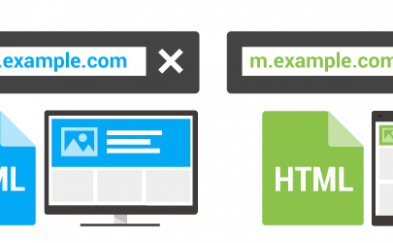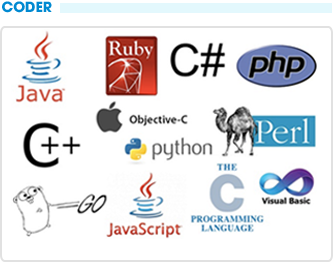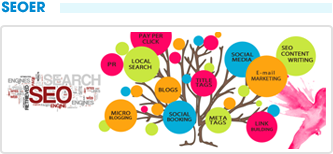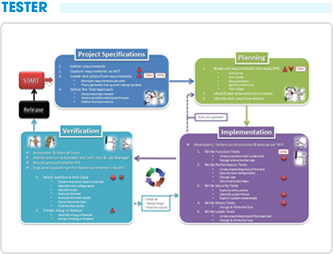024 38560777
HTML5
HTML5 là một ngôn ngữ cấu trúc và trình bày nội dung cho [World Wide Web] và sẽ là công nghệ cốt lõi của Internet trong tương lai không xa, được đề xuất đầu tiên bởi Opera Software. Đây là phiên bản thứ 5 của ngôn ngữ [HTML] và hiện tại vẫn đang được phát triển bởi World Wide Web Consortium và WHATWG. Mục tiêu cốt lõi khi thiết kế ngôn ngữ là cải thiện khả năng hỗ trợ cho đa phương tiện mới nhất trong khi vẫn giữ được việc con người và các thiết bị, các chương trình máy tính như trình duyệt web, trình đọc màn hình, v.v.. có thể đọc, hiểu, hay xử lý một cách dễ dàng. HTML5 vẫn sẽ giữ lại những đặc điểm cơ bản của HTML4 và bổ sung thêm các đặc tả nổi trội của [XHTML], DOM, đặc biệt là [JavaScript].
Là phiên bản tiếp sau của HTML 4.01 và XHTML 1.1, HTML5 là một phản ứng để đáp lại lời phê bình rằng HTML và XHTML được sử dụng phổ biến trên World Wide Web là một hỗn hợp các tính năng với các thông số kĩ thuật khác nhau, được giới thiệu bởi nhiều nhà sản xuất phần mềm ví dụ Adobe, Sun Microsystems, Mozilla, Apple, Google,... và có nhiều lỗi cú pháp trong các văn bản web. Đây là một nỗ lực để tạo nên một ngôn ngữ đánh dấu có thể được viết bằng cú pháp HTML hoặc XHTML. Nó bao gồm các mô hình xử lý chi tiết để tăng tính tương thích, mở rộng, cải thiện và hợp lý hóa các đánh dấu có sẵn cho tài liệu, đưa ra các đánh đấu mới và giới thiệu giao diện lập trình ứng dụng (application programming interfaces API) để tạo ra các ứng dụng Web phức tạp. Cùng một lý do như vây, HTML5 là một ứng cử viên tiềm năng cho nền tảng ứng dụng di động. Nhiều tính năng của HTML5 được xây dựng với việc xem xét chúng có thể sử dụng được trên các thiết bị di động như điện thoại thông minh và máy tính bảng hay không.
By English
HTML5 is a markup language used for structuring and presenting content for the [World Wide Web] and a core technology of the Internet. It is the fifth revision of the HTML standard (created in 1990 and standardized as HTML 4 as of 1997) and, as of December 2012, is a candidate recommendation of the World Wide Web Consortium (W3C). Its core aims have been to improve the language with support for the latest multimedia while keeping it easily readable by humans and consistently understood by computers and devices (web browsers, parsers, etc.). HTML5 is intended to subsume not only HTML 4, but also XHTML 1 and DOM Level 2 HTML.
Following its immediate predecessors HTML 4.01 and XHTML 1.1, HTML5 is a response to the fact that the HTML and XHTML in common use on the World Wide Web are a mixture of features introduced by various specifications, along with those introduced by software products such as web browsers, those established by common practice, and the many syntax errors in existing web documents. It is also an attempt to define a single markup language that can be written in either HTML or XHTML syntax. It includes detailed processing models to encourage more interoperable implementations; it extends, improves and rationalises the markup available for documents, and introduces markup and application programming interfaces (APIs) for complex web applications. For the same reasons, HTML5 is also a potential candidate for cross-platform mobile applications. Many features of HTML5 have been built with the consideration of being able to run on low-powered devices such as smartphones and tablets. In December 2011, research firm Strategy Analytics forecast sales of HTML5 compatible phones will top 1 billion in 2013.
In particular, HTML5 adds many new syntactic features. These include the new <video>, <audio> and <canvas> elements, as well as the integration of scalable vector graphics (SVG) content (that replaces the uses of generic <object> tags) and MathML for mathematical formulas. These features are designed to make it easy to include and handle multimedia and graphical content on the web without having to resort to proprietary plugins and APIs. Other new elements, such as <section>, <article>, <header> and <nav>, are designed to enrich the semantic content of documents. New attributes have been introduced for the same purpose, while some elements and attributes have been removed. Some elements, such as <a>, <cite> and <menu> have been changed, redefined or standardized. The APIs and Document Object Model (DOM) are no longer afterthoughts, but are fundamental parts of the HTML5 specification. HTML5 also defines in some detail the required processing for invalid documents so that syntax errors will be treated uniformly by all conforming browsers and other user agents
Like Doanh nhân số







































